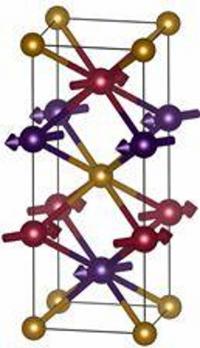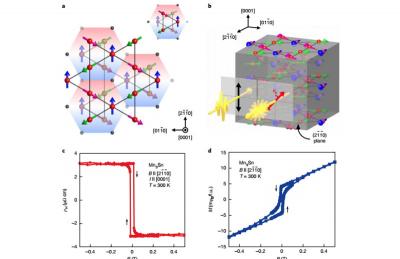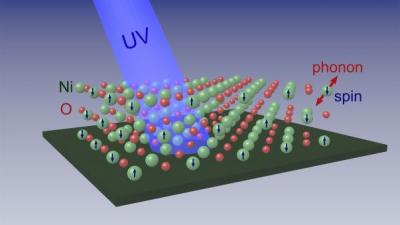Researchers from Mainz University demonstrate the basic principles of ultra-fast and stable memory based on Mn2Au antiferromagnets
Researchers from Mainz University demonstrate the basic principles of ultra-fast and stable memory based on the antiferromagnet Mn2Au. Antiferromagnetic materials are challenging to manipulate and to implement a read-out process (of the Neel vector orientation on).

Up until now, researchers were only able to use a single antiferromagnetic material - copper manganese arsenide (CuMnAs), but this material had several disadvantages. The new compound, manganese and gold (Mn2Au) offers for example ten times larger magnetoresistance and other important advantages including its non-toxic composition and the fact that it can be used even at higher temperatures.

